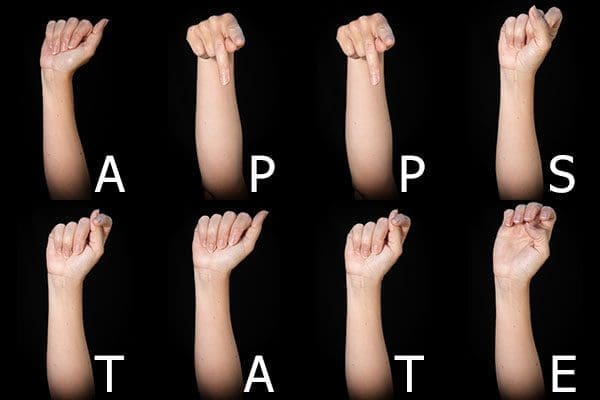
This fall, Appalachian State University students will have increased opportunities to study American Sign Language (ASL) through the university’s new minor in ASL.
In fall 2019, Appalachian began offering ASL courses at the intermediate level, which fulfills the foreign language requirement for certain bachelor’s degrees and has increased student interest and enrollment in ASL courses.
Dr. Gail S. Donaldson, chair of the Department of Communication Sciences and Disorders (CSD) housed in Appalachian’s Beaver College of Health Sciences (BCHS), said the ASL minor is open to all undergraduate students, and she anticipates approximately 20 students will be enrolled in the minor during its first year.
Though the majority of the required courses needed for the minor already exist, the department created one new course — called Deaf Culture — that will be taught for the first time in spring 2021. This course goes beyond ASL and examines the historical, educational, linguistic and social aspects of Deaf culture.
Donaldson, who also serves as Appalachian’s Blue Cross Blue Shield of North Carolina Distinguished Professor, said the department created the minor based on student requests and a survey of students enrolled in ASL courses.
Beyond sign language
Dr. Greta Knigga-Daugherty, lecturer in the CSD department, said her students quickly realize ASL is “more than signing with the hands” as they learn about Deaf culture and the Deaf community.
“Although most people learn ASL to communicate with the Deaf community or with hearing people who are nonverbal, many people find learning ASL benefits them in other ways and sometimes in unpredictable ways,” Knigga-Daugherty said.
Knigga-Daugherty said students learn to understand and relate to other people by studying body language and eye contact.
Madison Fournier, a junior majoring in communication sciences and disorders with a minor in ASL from Knightdale, said, through her ASL studies, she has learned important components of how to effectively communicate with someone in the Deaf community. For instance, it is critical to maintain eye contact, to make sure the signer is visible to everyone in the conversation and to give visual feedback that you understand what is being signed, Fournier explained.
She also noted that to effectively initiate a conversation, you should wave your hand, flash a light or tap the person on the shoulder to get their attention.
“Many students pick up on social nuances that they never noticed or realized before,” Knigga-Daugherty said.
Fournier said ASL helps to “visualize concepts and builds complex language development separate from what a verbal language can.”